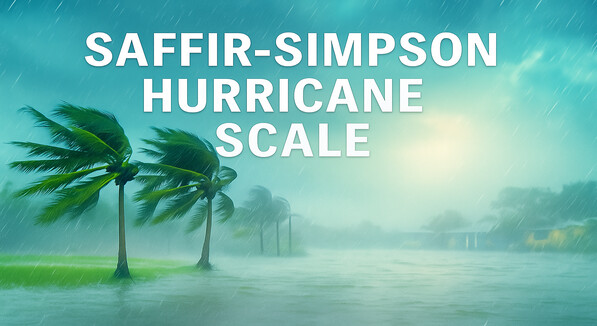 Winter driving can be hazardous and scary, especially in northern regions that get a lot of snow and ice. Additional preparations can help make a trip safer, or help motorists deal with an emergency. This sheet provides safety information to help prevent motor vehicle injuries due to winter storms.
Winter driving can be hazardous and scary, especially in northern regions that get a lot of snow and ice. Additional preparations can help make a trip safer, or help motorists deal with an emergency. This sheet provides safety information to help prevent motor vehicle injuries due to winter storms.
The three P’s of Safe Winter Driving: PREPARE for the trip; PROTECT yourself; and PREVENT crashes on the road.
PREPARE
Maintain Your Car: Check battery, tire tread, and windshield wipers, keep your windows clear, put no-freeze fluid in the washer reservoir, and check your antifreeze.
Have On Hand: flashlight, jumper cables, abrasive material (sand, kitty litter, even floor mats), shovel, snow brush and ice scraper, warning devices (like flares) and blankets. For long trips, add food and water, medication and cell phone.
Stopped or Stalled? Stay in your car, don’t overexert, put bright markers on antenna or windows and shine dome light, and, if you run your car, clear exhaust pipe and run it just enough to stay warm.
Plan Your Route: Allow plenty of time (check the weather and leave early if necessary), be familiar with the maps/directions, and let others know your route and arrival time.
Practice Cold Weather Driving!
- During daylight, rehearse maneuvers slowly on ice or snow in an empty lot.
- Steer into a skid.
- Know what your brakes will do: stop on antilock brakes, pump on non-antilock brakes.
- Stopping distances are longer on water-covered ice and ice.
- Don’t idle for a long time with windows up or in an enclosed space
PROTECT
- Buckle up and use child safety seats properly.
- Never place a rear-facing infant seat in front of an air bag.
- Children 12 and under are much safer in the back seat.
PREVENT
- Drugs and alcohol never mix with driving
- Slow down and increase distance between cars.
- Keep your eyes open for pedestrians walking in the road.
- Avoid fatigue – Get plenty of rest before the trip, stop at least every three hours, and rotate drivers if possible.
- If you are planning to drink, designate a sober driver
This article is based from the official U.S. Occupational Safety and Health Administration (OSHA) publication “Winter Driving Safety“. For more about OSHA go to http://osha.gov.
Safe weather driving begins by knowing your routes weather conditions. Go to iAlert.com/services to signup for weather email and text message alerts.
Related Articles:
- Winter Storms | A Preparedness Guide
- [OSHA] Protecting Workers From Cold Temperature Stress
- [OSHA] Three Ps of Safe Winter Driving
- How wind chill is calculated
- What is Hypothermia?
- What is Frostbite?
- Protecting Pets in an Emergency
- Winter Weather Alerts by Email and Text Message
- iAlert.com and iAlert.com Weather Alert Services



